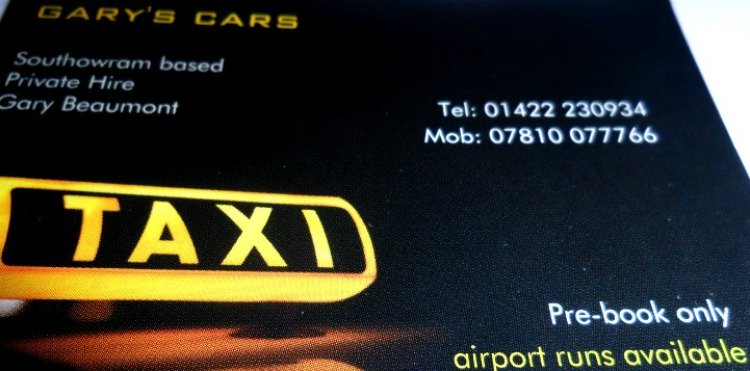Halifax Memories - 5b
Halifax Memories - 5b
Halifax Street Names continued
Clapton Avenue
In the 1865 Halifax Directory there is an entry for Clapton Lodge, the occupier being William Craven, solicitor. Clapton Avenue indicates the whereabouts of the house.



Cheapside
Cheapside was frequently called 'Back Lane' until about 1829. It is called by its present name on Watsons plan in 1759 and Smeatons plan in 1761. Mr T.W.Hanson pointed out that it was named Cheapside when it became a shopping street and the shopkeeper preferred an urban rather than a rural address.
In 1839, the Post Office was at No.10 Cheapside, opposite the Golden Lion Inn. The town trustees, the forerunners of the Town Council, used to meet in a room at the corner of the Upper George Yard and they were appropriately named the "Back Lane Parliament".


Clare Road
This used to be known as Clare Hall Lane derived from Clare Hall, built in 1764 and demolished in 1946. It was formerly known as Calico Hall from the cotton trade. It was renamed Clare Hall by the Rev. Prescott who not being in business and wanting a new name probably called it after Clare College, Cambridge.

Clare House
Hope Hall, originally Hope House, architect James Green, was built in 1745. The estate was broken up on September 9th, 1882. Clare Place, a block of Georgian houses, included Shakespeare House where George Hogarth, the future father-in-law of Charles Dickens, lived when he was the first editor of the 'Halifax Guardian'.

Hope House
The London milestone -'198 miles to London' is in Clare Road just past the Royal Oak Hotel. This district used to be known as 'World's End'.

If you have enjoyed your visit to this website, please spread the word by clicking the 'like' and 'share' buttons below. Thank you
